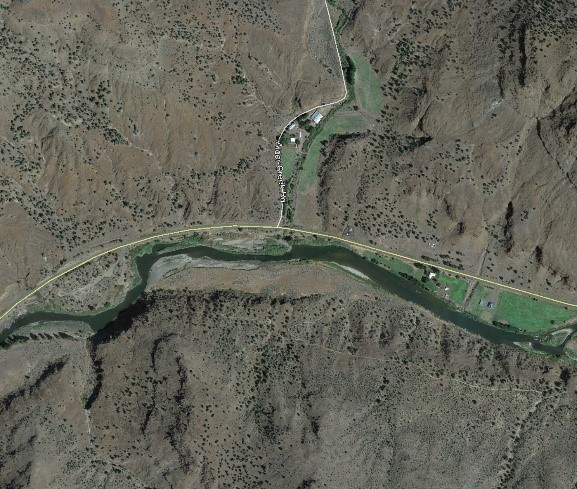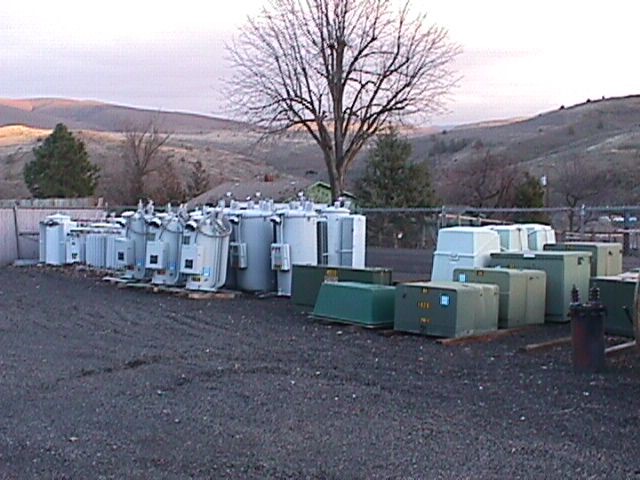By Byron Woltersdorf, P.E., Director of Civil Engineering Services
What Does SPCC plan stand for? Spill Prevention, Control and Countermeasure plan, which is a federal regulation that is used to prevent oil from entering navigable waters through the prevention, control and mitigation of oil spills.
What federal agencies regulate oil spills? The Environmental Protection Agency (EPA) regulates inland waters of the United States while the U.S. Coast Guard is the lead agency in responding to spills in coastal waters and deepwater ports.
Doing the right thing for the environment should be a valued tool to protect your utility’s assets and the environment around your facilities. Engineered SPCC plans must be reviewed and stamped by a Professional Engineer (PE).

How do I know if I need a SPPC plan for our facilities? If you answer “yes” to any of the questions below, you may need to have a SPCC plan in place:
- Do you store, transfer, use or consume oil or oil products (such as diesel fuel, gasoline, lube oil, hydraulic oil or mineral oil) at your facility? This product is evaluated in the amount of 55-gallon containers or larger.
- Do you have tanks, vessels or equipment that store oil in excess of 1,320-gallons in aboveground containers or more than 42,000-gallons in completely buried containers? Larger secondary transformers and or regulators meet this threshold that are stored in a warehouse yard or power transformers and other large oil filled equipment in substations.
- Could there be a reasonable expectation to discharge oil to navigable waters of the US or adjoining shorelines, such as lakes, rivers and streams?
What is in a required SPCC plan? There are many items and details that go into an acceptable SPCC plan. As an overview, below are the broader sections in a required plan:
- Certification by owner or owner’s representative and Certification by a Professional Engineer if the SPCC plan is an engineered plan
- Review and management approval
- General facility information. (Each substation, switch yard, warehouse or storage yard can qualify as an individual facility)
- Spill history
- Spill prevention measures
- Oil spill contingency plan
- Emergency contacts from owner, local, state, federal and regulatory
- A list of the names of qualified spill response contractors.
- A miscellaneous appendix that includes Safety Data Sheets (SDS), spill response equipment lists, facility inspection forms, federal guidance for regulatory reporting of oil spill or release along with the appropriate forms.

The plan needs to be evaluated immediately after a spill event to ensure that the best management practices for spill prevention, containment and countermeasures were adequate for the event or any spill events in the future.
How often do SPCC plans need to be updated? All SPCC plans must be updated every five years to be in compliance with federal regulations. Where a SPCC plan is in place and modifications have been made, or additions to a facility have been under taken, which would qualify as additional oil in the facility, the plan will require an amendment within 6-months of the modification or addition.
Are there penalties for not being in compliance with federal regulations? Both the EPA and USCG will impose penalties for non-compliance. The minimum penalty for not having a required SPCC Plan, or not having a sufficient one, is $1,500. Fines can be as much as $37,500 per day, per violation, with no cap if a facility has a spill and does not have an SPCC plan. You may also run the risk of your insurance company not paying a claim if you are out of compliance.
If you don’t know the status of SPCC plans for your facilities that contain oil and aren’t sure if you are in compliance, contact me for a free consultation. I can be reached by phone at 360-687-3966 or by email at ByronW@BKI.cc.
Beyond electrical engineering services, BKI provides environmental, planning and permitting services specifically tailored to meet the needs of consumer-owned utilities in the West.

